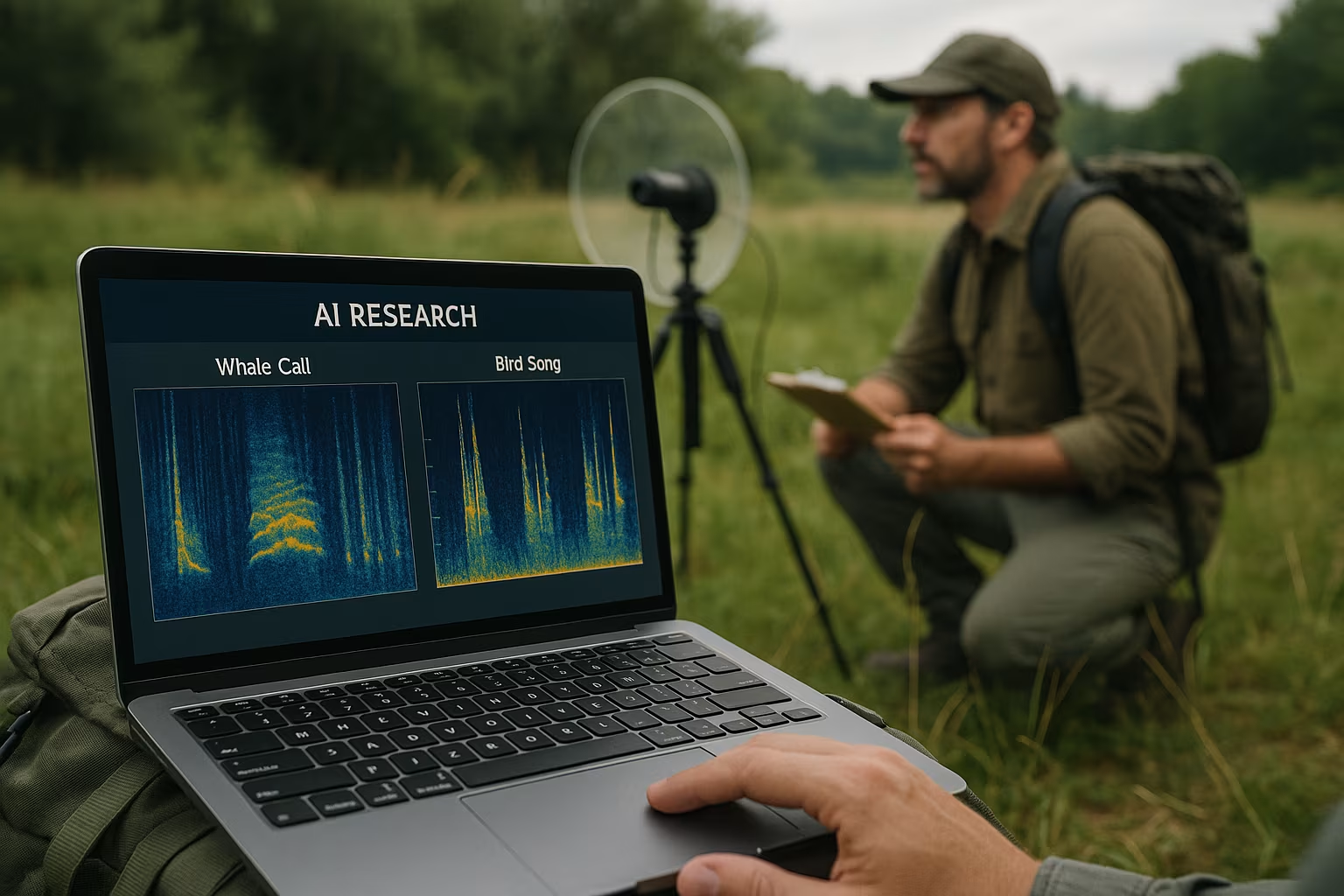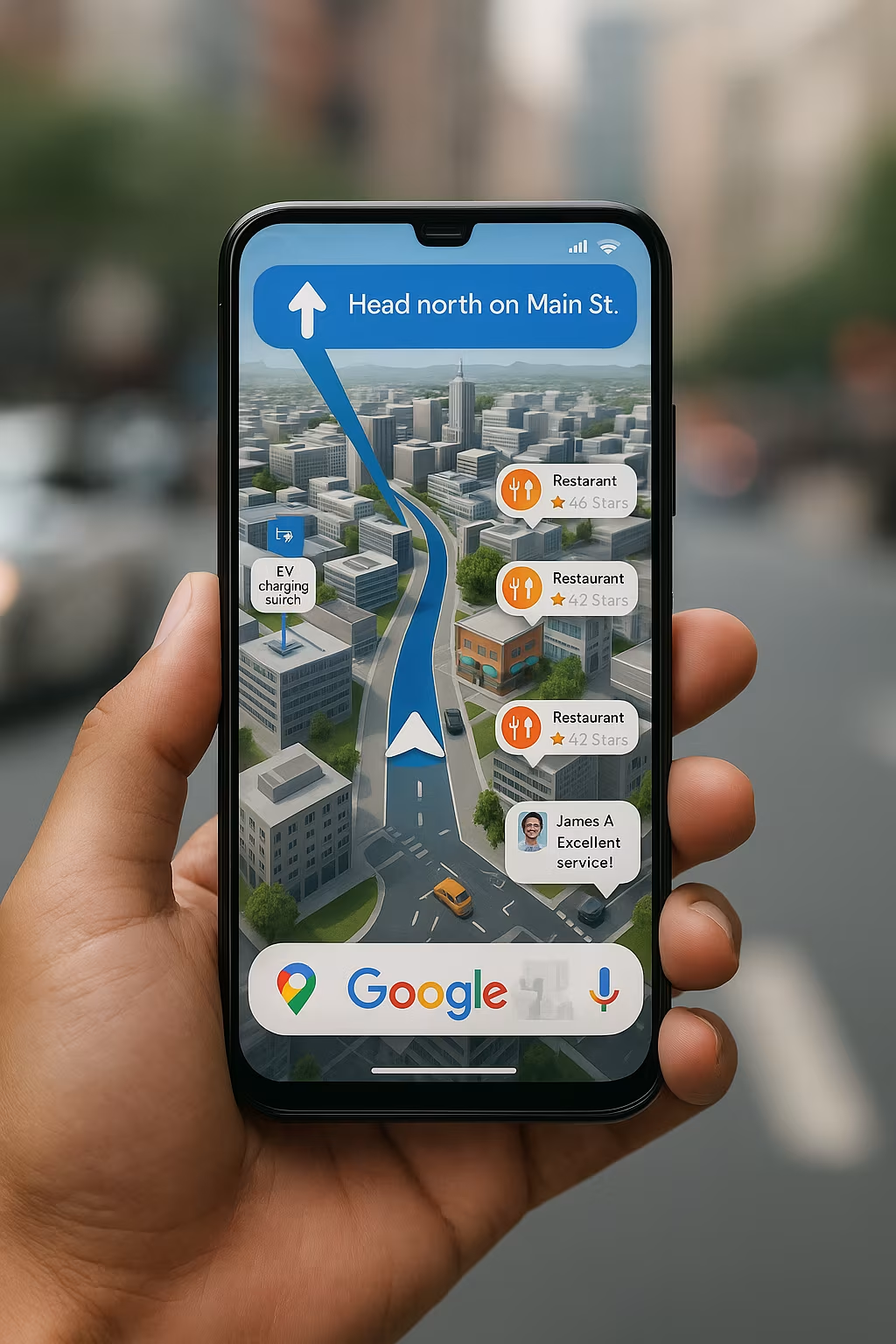For centuries, humans have wondered what animals are saying to each other. From the melodic songs of whales to the complex dances of bees, nature is filled with communication systems we don’t fully understand. Now, artificial intelligence is taking that curiosity into the realm of possibility.
Advances in machine learning and natural language processing are enabling scientists to analyze animal vocalizations, body language, and even chemical signals in ways that were once unimaginable. Some researchers believe that in the not-so-distant future, AI could help humans “talk” to animals — not just guess at their meaning.
1. Cracking the Code of Animal Communication
Many species use intricate forms of communication to convey information about food sources, danger, mating, and social relationships. Dolphins whistle and click in patterns, elephants rumble at frequencies humans can barely hear, and songbirds can mimic dozens of distinct calls.
The challenge has always been separating meaningful patterns from noise. Animal communication often doesn’t follow the same structures as human language, making it difficult to decode. AI offers a new solution: by processing massive datasets of animal sounds and behaviors, algorithms can detect patterns invisible to the human ear or eye.
Machine learning models can be trained to recognize the unique “signatures” of certain calls, associate them with specific behaviors, and even track changes over time. This opens the door to a more systematic understanding of what animals are “saying.”
2. How AI Is Being Used in the Wild
In marine environments, researchers have deployed underwater microphones to record thousands of hours of whale and dolphin sounds. AI algorithms then analyze the recordings to categorize clicks, whistles, and songs, identifying which are used in hunting, navigation, or social bonding.
On land, AI-assisted acoustic monitoring is being used to study the alarm calls of prairie dogs, the complex drumming of woodpeckers, and the subtle variations in elephant rumbles. Some systems go beyond sound, analyzing video footage to connect vocalizations with body language, group behavior, or environmental changes.
In one groundbreaking project, scientists are working to create an “elephant dictionary” by combining years of field observations with AI-powered audio analysis. Early results suggest elephants have distinct calls for things like “water,” “danger,” and “come here.”
3. The Role of Natural Language Processing
Natural language processing (NLP) — the same technology that powers translation software and AI chatbots — plays a key role in bridging the gap between human and animal communication. While animals don’t use grammar or syntax in the human sense, their calls can have consistent structures and sequences.
By adapting NLP techniques, researchers can model these structures, identify recurring “words” or “phrases,” and map them to specific meanings. Over time, this could allow for the creation of real-time translation tools that help humans interpret — and possibly respond to — animal communications.
4. Could We Ever Talk Back?
Understanding animals is one thing; communicating with them is another challenge entirely. Even if AI can decode an animal’s calls, there’s no guarantee they will interpret a human-generated signal as authentic or meaningful.
However, early experiments have shown promise. In some studies, researchers have used AI to synthesize animal calls and play them back in the wild, eliciting predictable responses. For example, reproducing certain bird alarm calls can cause nearby birds to take flight, while playback of specific whale songs can attract or repel pods.
If refined, this technology could one day allow humans to issue simple, context-appropriate signals — for example, warning wildlife away from dangerous areas or guiding animals during conservation efforts.
5. Conservation and Ethical Implications
AI-driven animal communication research has significant potential for conservation. Understanding how animals signal stress, danger, or abundance could help wildlife managers respond more effectively to threats like poaching, habitat loss, or climate change.
For example, AI could detect when endangered species are signaling distress due to nearby human activity, triggering protective measures in real time. It could also help locate animals during search-and-rescue missions after natural disasters.
But with these possibilities come ethical questions. Should humans attempt to “talk” to wild animals, or is it better to observe without interfering? Could artificially generated signals confuse animals or disrupt their natural behaviors? Scientists caution that these technologies must be developed and deployed with great care.
6. The Limits of AI Understanding
Despite the excitement, there are limits to what AI can achieve in animal communication. Unlike human languages, which rely heavily on symbolic meaning, many animal signals are deeply tied to instinct and immediate context.
A bird’s alarm call might mean “hawk overhead” in one context and simply “danger” in another. AI might be able to detect the difference, but translating it into a neat human sentence could oversimplify or distort its meaning.
Moreover, animals often combine multiple communication modes — sound, movement, scent — into a single “message.” Capturing and interpreting these multimodal signals remains a significant challenge.
7. A Future of Inter-Species Dialogue?
While a “universal translator” for talking to animals may be far off, AI is bringing us closer to a future where we can at least understand more of what animals are expressing.
Imagine hikers carrying devices that alert them to nearby wildlife vocalizations, or farmers using AI-powered systems to monitor livestock wellbeing through their calls and movements. In conservation, such tools could help humans respond more precisely to the needs of endangered species.
The real breakthrough may not be in chatting with dolphins or whispering to elephants, but in learning to listen — to truly hear what other species are communicating and adjust our behavior accordingly.
Artificial intelligence is reshaping our relationship with the natural world. By decoding the languages of other species, AI could deepen our understanding of ecosystems, improve conservation efforts, and foster a greater sense of connection between humans and animals.
While we may never have full conversations with a whale or a wolf, we may soon have the ability to comprehend their voices — and in doing so, recognize that we share the planet with countless other intelligences, each with something to say.





